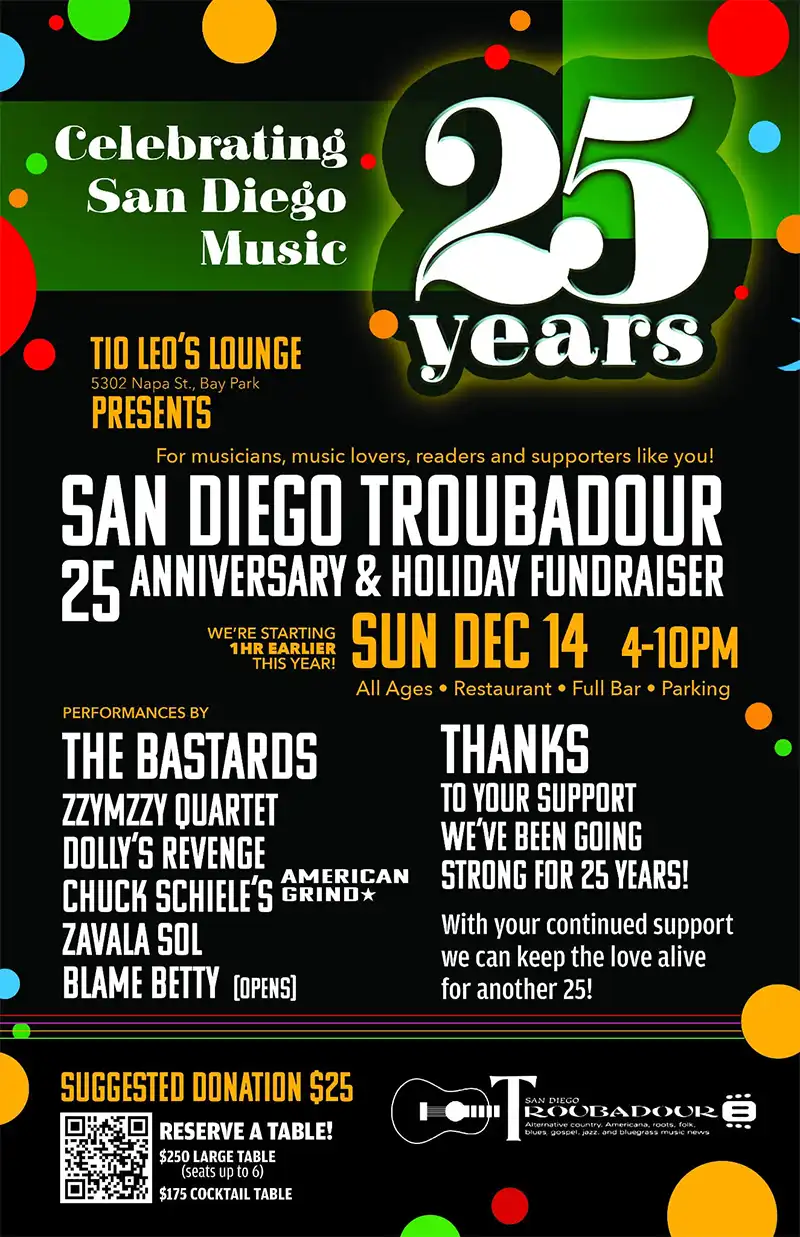SUE'S SPOTLIGHT: Women in Blues and Jazz
Women in Blues and Jazz: The Boswell Sisters • Katie Webster • Victoria Spivey
The Boswell Sisters: Martha (1905-1958) • Connie (1907-1976) • Vet (Helvetia) (1911-1988)
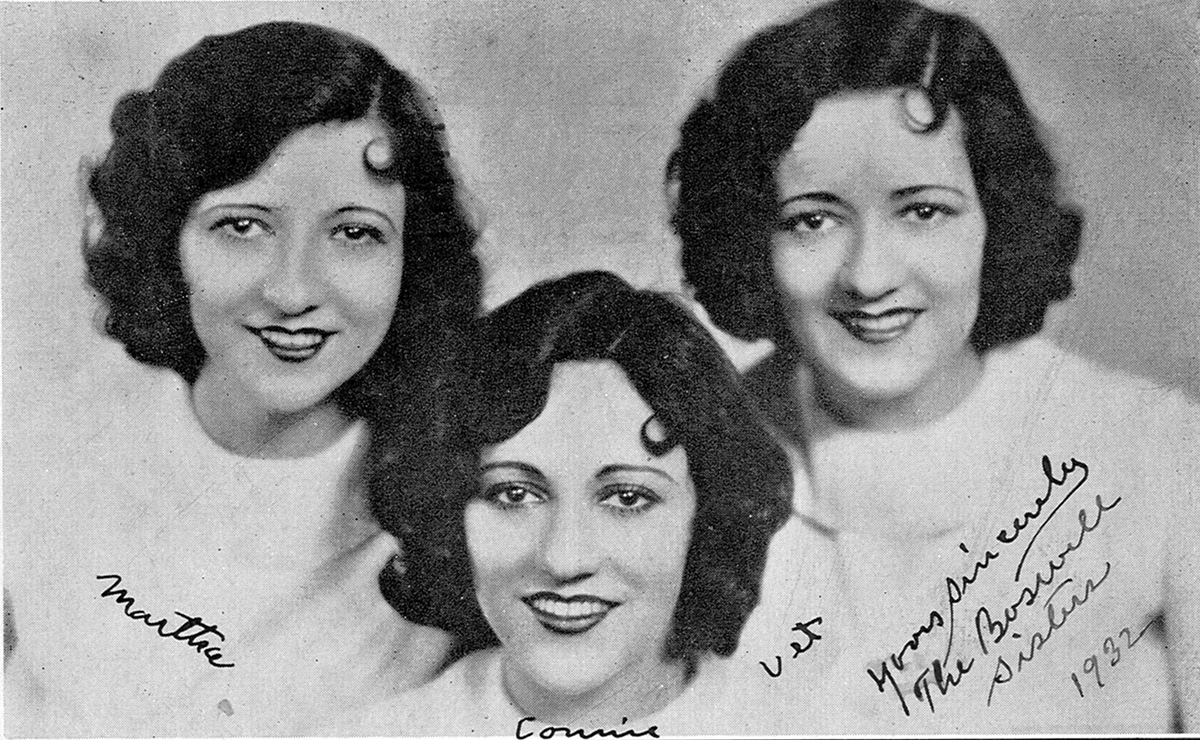
The Boswell Sisters, 1932. (l to r: Martha, Connie, Vet)
The Boswell Sisters were born at the beginning of the 20th century and came of age just as jazz was developing. They were classically trained, originally playing piano (Martha), cello (Connie), and violin (Vet). Their older brother was a classical violinist who became interested in jazz and his little sisters quickly joined him. Eventually, Martha accompanied them on piano, and they became most famous for their singing. Having sung together since they were born, their harmonies, their phrasing, their lyrics (singing often in what they called “gibberish”), was something no one had heard before.

The sisters with Bing Crosby.
Connie Boswell had had polio as a young child and had difficulty walking or standing for any length of time. Consequently, most of their performances were staged with Martha playing piano, Connie sitting next to her, and Vet standing right behind them. After the trio broke up—after the ’30s—Connie went on to have a solo career. Her career never exceeded the popularity of the Boswell Sisters together, however. They were major radio sensations, singing complicated jazz harmonies, blending like only sisters can, using different tempos in arrangements (which was unusual for then), changing melodies, and going from major to minor in the same song. The pop stars of the ’20s were much more saccharine.
My first introduction to the sisters was via a local group in late ’70s San Diego and early ’80s, called Stones Throw. The heart of this trio consisted of Molly Stone, Phil Shopoff, and Paul Severtson. At the time, they played five nights a week and mostly covered many harmony songs from the ’30s, ’40s, and ’50s, including several Boswell tunes, like “Everybody Loves My Baby,” “When I Take My Sugar to Tea,” and “42nd Street.” In 2001, the Old Globe Theatre in San Diego staged a wonderful production of The Boswell Sisters, a major musical based on their lives. The show was popular but failed to obtain a Broadway run. There is also a great vocal group in New Orleans called the Pfister Sisters who do a lot of Boswell covers. I happened to see them when I was there a few years ago.
Stone’s Throw (Molly Stone, Phil Shopoff, Paul Severtson) clip from the late 1970s.
Although the sisters disbanded in 1936, their legacy is enormous. Their unique style, especially at that time, was a brilliant amalgam of the music they heard in New Orleans and their family. Fortunately, they were well recorded.
KATIE WEBSTER (1936-1999)
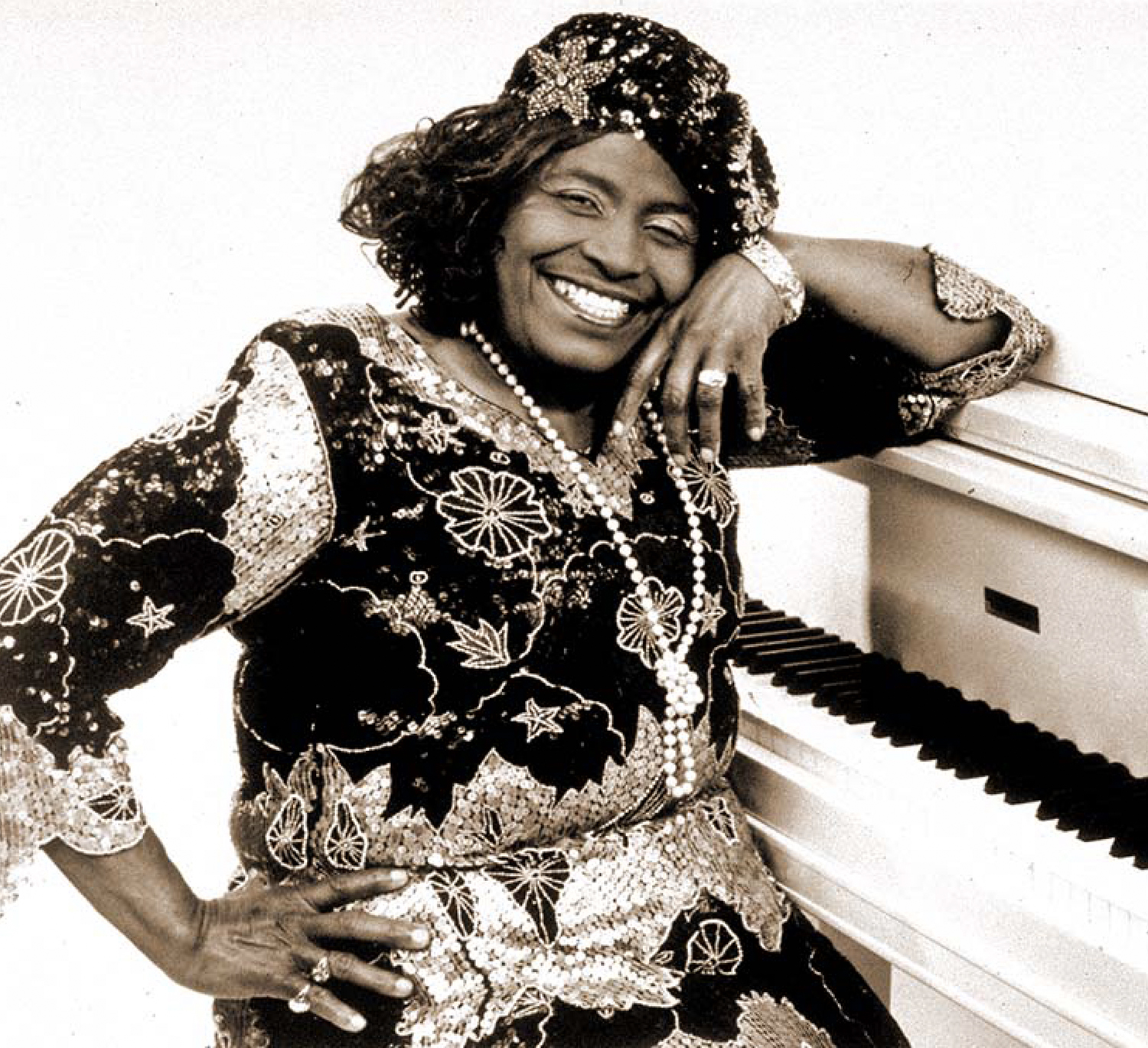
Katie Webster
While the Boswells were from New Orleans, Katie Webster was not far away in the small town of Lake Charles in southwest Louisiana, right on the Texas border. Called the Swamp Boogie Queen, she has been recognized as a major force in the American blues scene and a “two-fisted mama” for her driving left hand and rhythm. I was first introduced to Katie at the Belly Up Tavern in Solana Beach in the late ’80s. She was playing solo and opened for the Paladins (a popular local blues and rockabilly trio. (Read the Troubadour article by Laura Jane Wilcock: https://sandiegotroubadour.com/the-paladins-decades-of-delivering-the-goods-from-san-diego-to-the-world/) She came out in a long sequinned dress, sat at the keyboard facing straight out to the audience—by herself—and played and sang 10 boogie woogie tunes in a row. The audience was mesmerized, and I was inspired to emphasize my own boogie woogie repertoire.
Boogie Woogie magic.—Dr. John
Thomas Yearsley, bass player for the Paladins, has shared with me his encounters with her. They ended up on various festival bills at the same time and, eventually, the same record label: Alligator Records. The Paladins were famous for their great rhythm, so she used them on a recording session for Swamp Boogie Records. Later, they used her on their first record.
Thomas says he and the other Paladins asked her questions about her career and life and she happily answered them. She was considered a child prodigy when she was 13 years old and began playing around the area. Katie told them she weighed 300 pounds at that age, and he said she was into that as her identity.
I can’t understand how someone like me can be famous when Katie Webster isn’t.—Robert Cray
When we knew her later, she had lost that weight. She eventually began playing and recording at Jay Miller’s Bamboo Club as the house pianist, with her band. This was the biggest club in southwest Louisiana. She would open for all the blues acts coming through and almost always they invited her to join them on stage later. This included artists like Ray Charles, Rockin’ Dopsie and, eventually, in 1964, Otis Redding. Otis liked her so much, he insisted she come and tour with him as his opening act. When he died tragically, in 1967, she was overcome with grief and didn’t play for a while, relocating to California’s Bay area to help with her aging parents. Eventually, she started recording and playing again in the late ’70s. In 1982, she was invited to perform in the Blues and Boogie Woogie Festival in Bonn, Germany, and began many tours in Europe, where she had adoring audiences. In 1985, she recorded with a Bay area band called the Hot Links (which included sax player Nancy Wright) and later, in 1987, with the Paladins, Kim Wilson, and others. Because she was on the West Coast now, she began touring in California, and we got to see her several times here in San Diego.
She has the voice of the century.—Bonnie Raitt
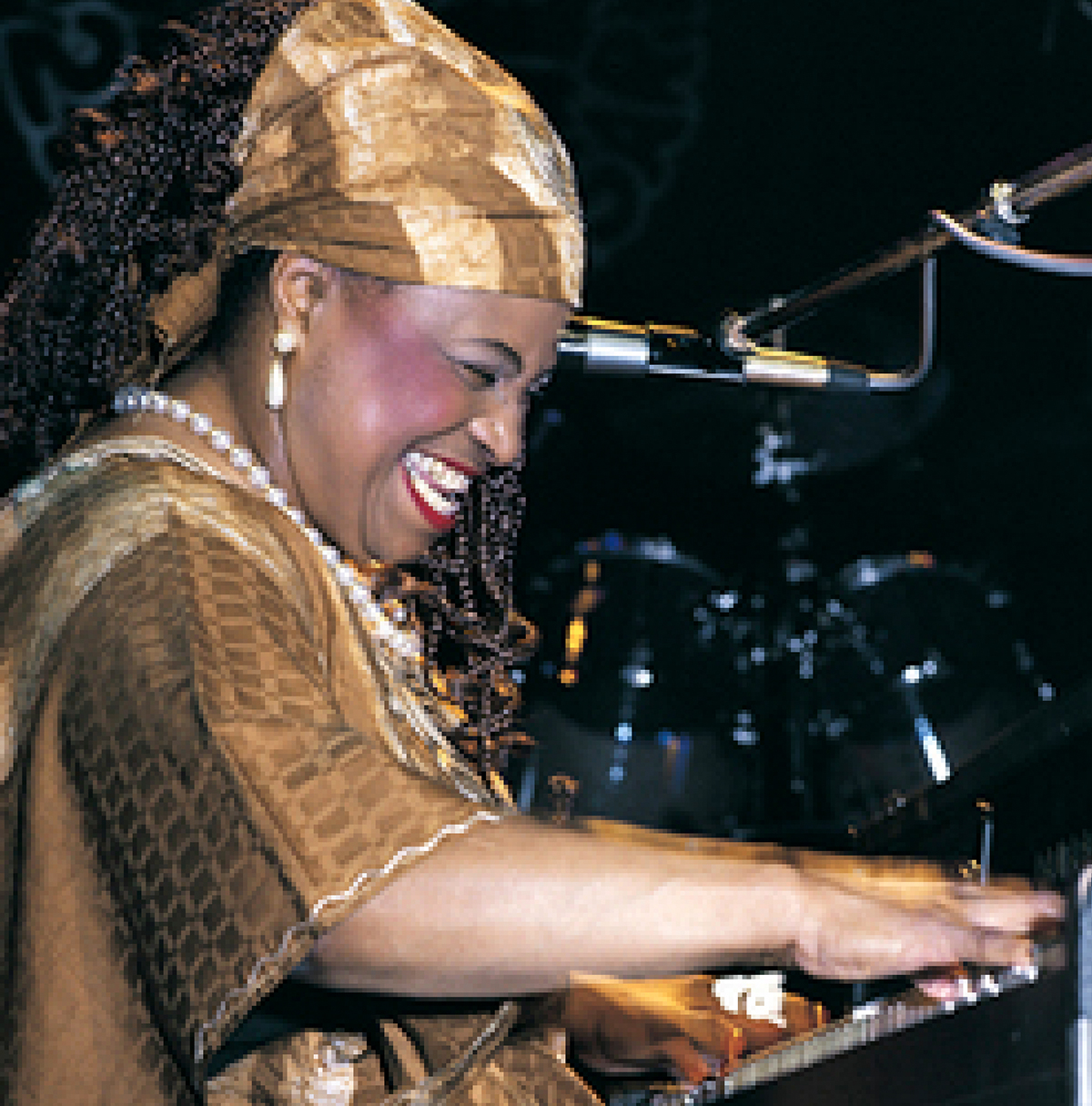
Katie Webster was very much a product of the Texas/Louisiana borderlands and a piano pounding institution, perfecting her swamp boogie style. On tour in Greece, in 1993, she suffered a stroke that damaged her left hand and ruined most of her eyesight. She returned to performing, singing, and playing with her right hand at select festivals, until a fatal heart attack in 1999.
VICTORIA SPIVEY (1906-1976}
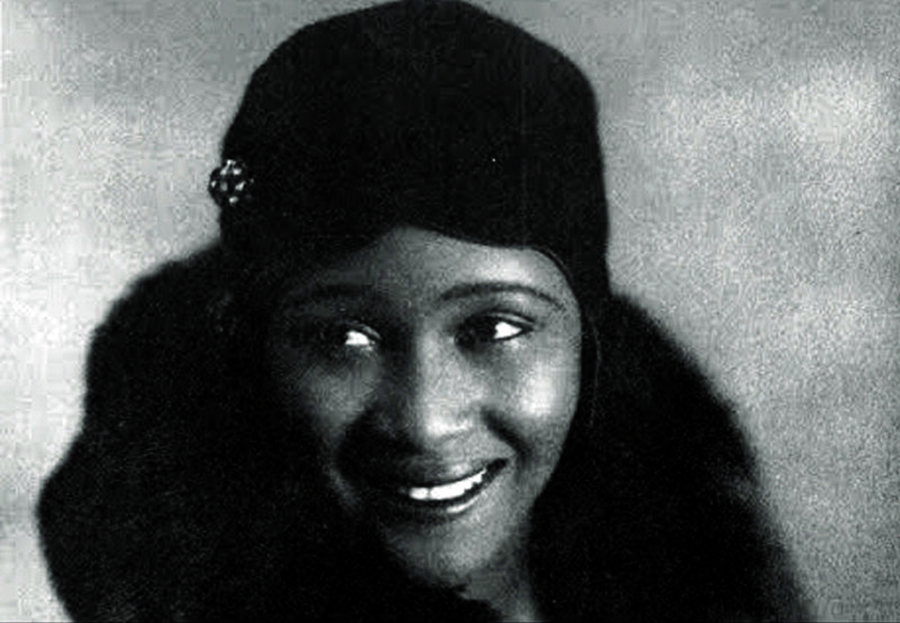
Victoria Spivey
Victoria Spivey was an American blues singer, straight out of the Harlem Renaissance. She grew up in Texas, playing and singing right from childhood. She managed to play piano, organ, and ukulele well enough to accompany herself while singing. Not only was she an unusual singer, she also had extra drive to succeed. In 1926, she managed to take a train by herself to St. Louis and got a record deal within five days. That record, The Black Snake Blues, sold 150,000 copies within 30 days!
St. Louis was founded in 1764 by French fur traders, who came up the Mississippi River from New Orleans. Contrary to the Puritans, who had founded America 100 years before, they displaced no Native Americans nor conducted witch hunts. They enjoyed life and danced—even on Sundays—something my great grandfather—in the late 1880s in Texas—didn’t do. St. Louis continued as a musical hot spot, even as the politics changed over the years, hosting such talents as ragtime piano player Scott Joplin, blues artist Henry Townsend, Ike and Tina Turner, Miles Davis, and many more. It has always been an underrated musical gem. But in the late 1800s and early 1900s, musicians began flocking to St. Louis from other parts of the country. Among them W.C.Handy, who came from Florence, Alabama, wrote “St. Louis Blues,” one of the most-recorded blues songs in history.
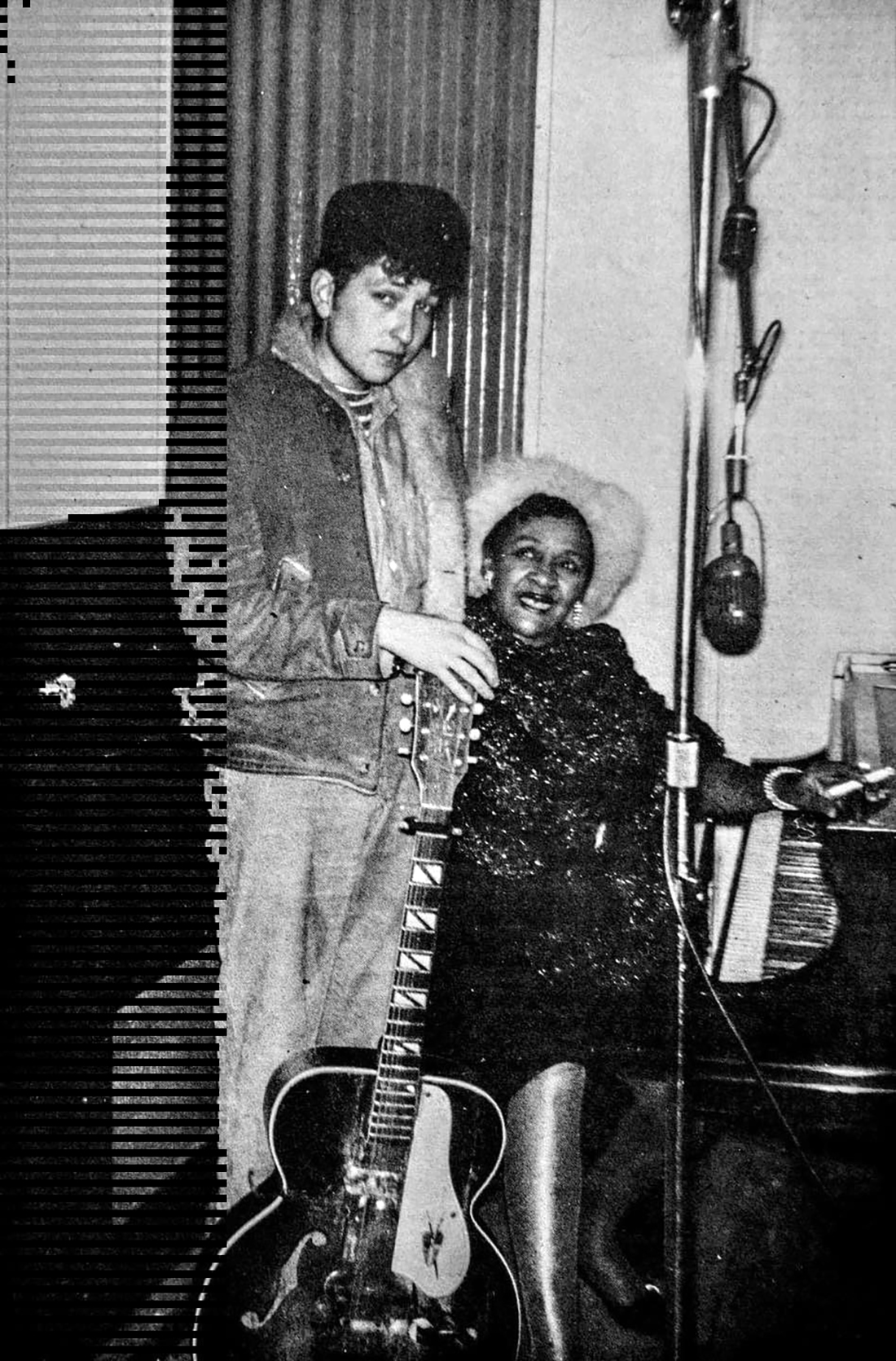
Spivey and a very young Bob Dylan, early 1960s.
Victoria Spivey came from Texas to St. Louis, straight from the train station to the record store and recording studio, Deluxe Music. St. Louis was peaking then musically, and Vicky walked straight into the Roaring Twenties. No other city produced what Spivey and an army of women managed to accomplish at that time. She took her place among the stars of the day; Bessie Smith, Ma Rainey, and Sippie Wallace were her heroes. She recorded with Lonnie Johnson, King Oliver, Louis Armstrong, Clarence Williams, and more. Her style of blues—raw, honest, and told from a woman’s point of view—was very popular until the Depression, when it was drowned out by the male big bands of the ’30s. She had a string of hits in the late ’20s, then moved to Chicago and, eventually, New York City. Her business acumen totally amazes me. She seemed to know how and where to market herself and had no lack of gumption to go there. She appeared in the 1929 King Vidor movie Hallelujah in a prominent role. In 1931, she had a minor role in Louis Armstrong’s short, Rhapsody in Black and Blue, and Black Snake Moan turns up as the final number in Woody Allen’s film Blue Jasmine. From 1934–1951, she managed her dancer-husband’s career (Bill Adams). She began performing again and, in 1961, with her last husband, Leonard Kunstadt, she set up Spivey Records and recorded a number of well-known people, including a very young Bob Dylan (whom she met in Greenwich Village), Roosevelt Sykes, Lonnie Johnson, Lucille Hegamin, Little Brother Montgomery, Memphis Slim, and John Hammond Jr. According to Kunstadt, “This very well may have been the first record company organized by a Negro vintage blues queen.” She was apparently generous with her encouragement of people she saw with talent. She encouraged her cousin, Sippie Wallace, to resume her career in the late ’60s and ’70s, when the Women’s Rights movement was raging and Bonnie Raitt and fans in Europe began clamoring to hear the voices of the ’20s.
I met a piano player at the Thanksgiving San Diego Jazz Festival, who had actually played with her. Ray Skjelbred, a wonderful musician from Seattle, said she was quite a character. We can only imagine, and this was probably toward the very end of her career. I admire her fortitude, her drive, and her talent. From a little girl in Texas whose parents had been slaves, she became the original Black Snake Blues Queen, star of stage, screen, and radio.


